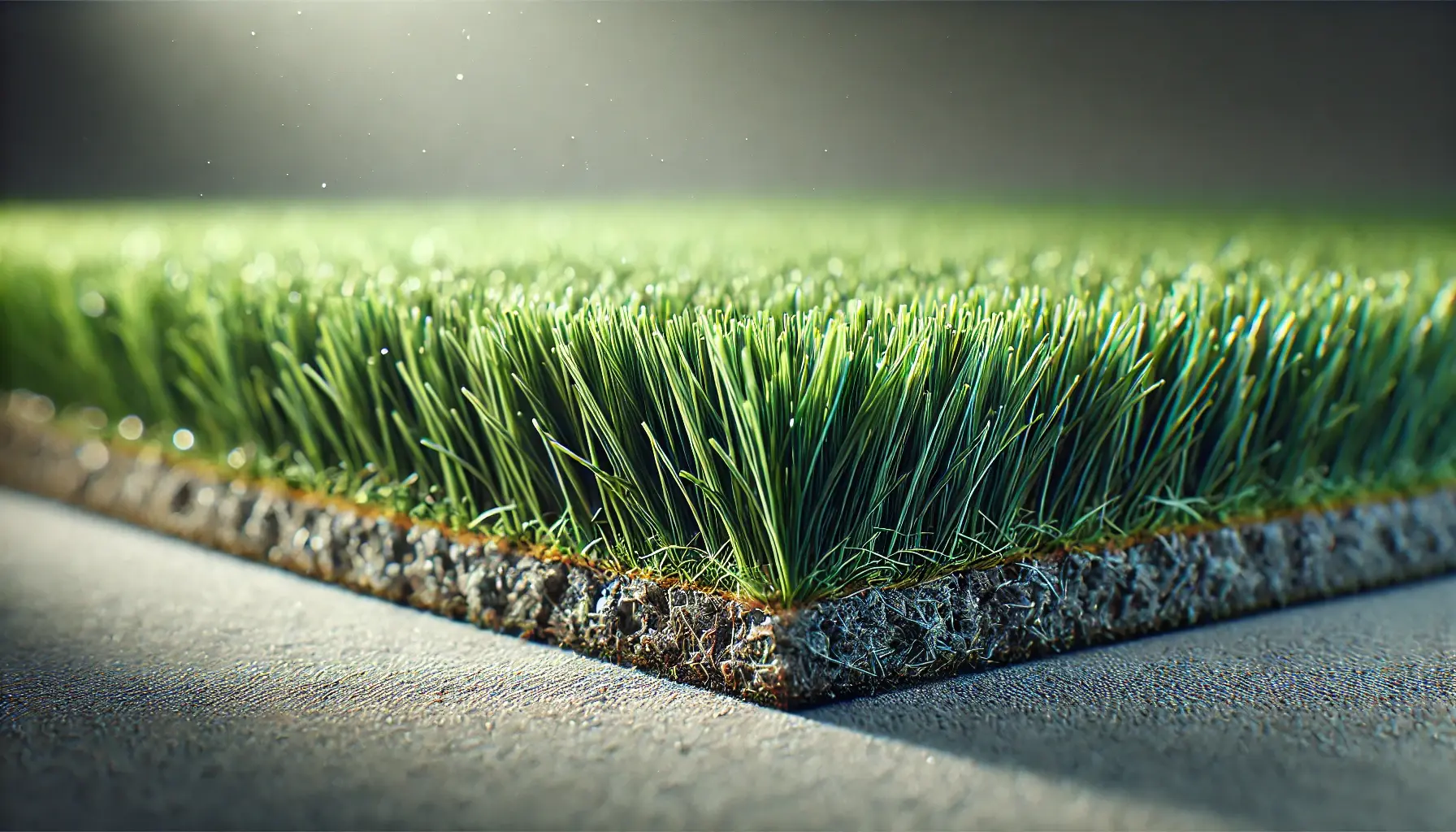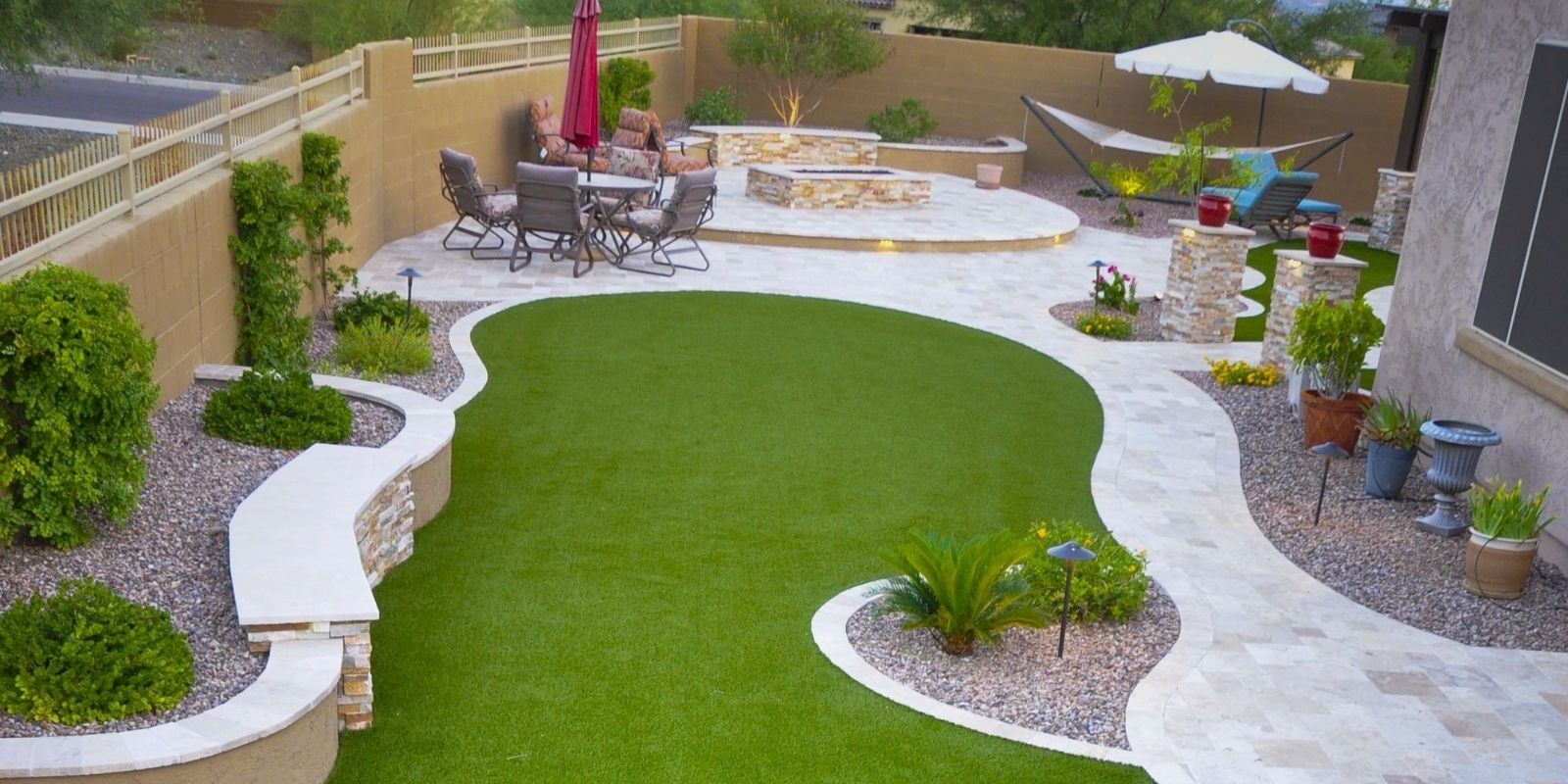Discover Reputable Artificial Turf Companies Phoenix for Your Landscaping Needs
Explore the Environmental Advantages of Opting for Artificial Lawn Solutions
The fostering of synthetic grass remedies offers an engaging chance to address pushing ecological difficulties. By considerably lowering water use and minimizing the application of hazardous chemicals, these alternatives not just advertise lasting landscaping however also secure regional communities. In addition, the reduced carbon footprint connected with decreased maintenance activities adds to a much more lasting technique to land management. The ramifications of these benefits prolong past simple preservation efforts, increasing questions concerning their long-lasting impact on environment preservation and general ecological equilibrium. Discovering these measurements discloses a complicated interplay worth taking into consideration.
Water Conservation Perks
One of the most substantial advantages of artificial grass is its capability to preserve water. In contrast, fabricated lawn does not require watering, significantly decreasing the total need for water resources.
By getting rid of the need for normal watering, synthetic grass adds to sustainable landscape techniques and aids reduce the environmental impact of extreme water consumption. The preservation of water extends to the reduction of runoff, which can lead to dirt disintegration and waterway air pollution.
Furthermore, the setup of synthetic grass permits municipalities and homeowners to allocate water sources much more effectively, focusing on necessary uses such as alcohol consumption water and farming. The change in the direction of fabricated grass not only promotes accountable water usage but additionally straightens with wider environmental objectives intended at protecting natural sources.
As neighborhoods progressively focus on sustainability, the water conservation benefits of man-made grass provide an engaging instance for its fostering in commercial and household landscape design tasks.
Reduced Chemical Use
The shift to synthetic grass substantially lowers the reliance on chemical therapies frequently made use of in all-natural lawn maintenance. Typical lawn administration normally involves the application of pesticides, herbicides, and fertilizers to advertise growth and control bugs. These chemicals can position risks to human health, regional wild animals, and the atmosphere, adding to soil and water contamination.
On the other hand, synthetic grass gets rid of the requirement for these dangerous compounds. As soon as set up, it requires marginal upkeep, mostly being composed of normal cleansing and infrequent infill replenishment. This reduction in chemical use not only profits the prompt setting however likewise adds to more comprehensive ecological stability. By decreasing the release of artificial substances right into the ecosystem, man-made lawn advertises much healthier dirt and water systems.
Moreover, the absence of chemical runoff related to synthetic lawn setups aids safeguard local rivers from contamination, sustaining water life and preserving biodiversity. Arizona turf. As neighborhoods progressively prioritize lasting practices, going with man-made grass provides a sensible remedy that lines up with ecological conservation goals. Through this change, homeowner can take pleasure in rich green rooms without compromising ecological health and wellness, leading the way for an extra sustainable future
Reduced Carbon Impact

In addition, the setup of synthetic grass can result in considerable water conservation. All-natural lawns require significant quantities of water for watering, which not just includes in the carbon impact connected with water extraction and therapy yet likewise pressures regional water sources. On the other hand, man-made turf requires minimal upkeep, requiring no watering, thus significantly decreasing water usage and its associated power costs.
Furthermore, the long life of synthetic grass contributes to its decreased carbon impact. With a life-span of up to 15 years or even more, the requirement for frequent substitutes is decreased, leading to less waste and lower power intake in manufacturing and throwing away standard turf options. In general, fabricated turf provides a lasting alternative for eco aware landscaping.
Habitat Conservation
Environment conservation is an essential consideration in the dispute over landscape design choices, especially when check that contrasting synthetic grass to natural turf. All-natural lawn lawns usually require substantial upkeep, consisting of the usage of herbicides, fertilizers, and chemicals, which can negatively affect regional communities. These chemicals can leach right into the soil and rivers, harming native vegetation and fauna and interrupting local habitats.
Synthetic lawn eliminates the requirement for hazardous chemicals, thus safeguarding close-by wild animals and keeping the integrity of surrounding communities. The setup of fabricated grass can lead to the conversion of former turf locations into even more biodiverse landscapes, such as pollinator yards or indigenous plant areas, which can sustain local wild animals.
Ultimately, the shift to synthetic grass not only preserves water and lowers maintenance efforts but also fosters a more harmonious connection special info in between human tasks and the natural surroundings, promoting habitat conservation while doing so.
Long-Term Sustainability
Lasting sustainability is a vital aspect in assessing the advantages of synthetic lawn over conventional yard lawns. Among the most considerable benefits of synthetic grass is its resilience; it can last approximately 15-20 years with marginal maintenance, whereas all-natural yard requires constant reseeding and replacement. This long life lowers the requirement for continuous resources, such as water, fertilizers, and pesticides, which are crucial for maintaining a healthy grass yard.
Furthermore, synthetic grass contributes to a decrease in carbon emissions related to grass treatment devices. Typical lawns commonly need gas-powered lawn mowers, leaners, and blowers, all of which add to air contamination. Turf installation phoenix az. On the other hand, synthetic grass eliminates the need for such equipment, promoting a cleaner environment
Additionally, the manufacturing of synthetic turf significantly uses recycled products, enhancing its sustainability profile. As manufacturers embrace environment-friendly practices, the ecological footprint of fabricated lawn remains to lessen.

Verdict
The fostering of man-made lawn remedies provides significant environmental benefits, including substantial water conservation, decreased reliance on dangerous chemicals, and a reduced carbon impact. Furthermore, synthetic grass help in maintaining all-natural environments by lessening land disturbance and advertising long-term sustainability with making use of durable materials. Jointly, these elements underscore the capacity of synthetic grass to contribute favorably to environmental wellness and supply a viable option to standard landscape design practices in a progressively resource-conscious world.
In comparison, fabricated grass does not require watering, substantially reducing the overall need for water resources. By decreasing the release of synthetic substances into the environment, artificial turf promotes healthier soil and water systems.
Additionally, the setup of fabricated grass can result in considerable water conservation. In comparison, fabricated turf requires very little upkeep, requiring no watering, therefore substantially reducing water use and its connected power prices.
